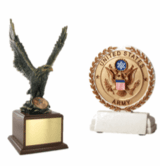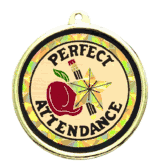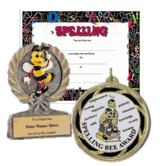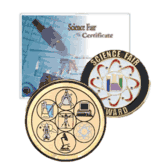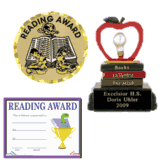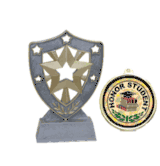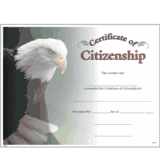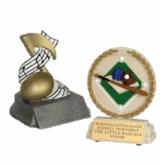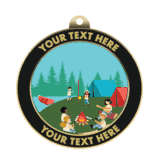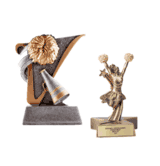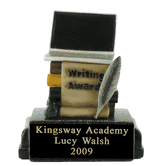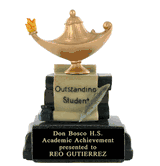Managing Classroom Behavior to Maximize Student Learning |
    SOURCES This a detailed guide on managing classroom behavior to maximize student learning. In this classroom guide, you'll learn about: What classroom management is The importance of classroom management Techniques to manage classroom behavior How to create classroom rules and procedures The different types of reinforcements used in the classroom Some useful classroom management apps If your goal is to create a well-managed classroom, this guide offers important insights that teachers can use to enhance their classroom management competencies. Let's get started. A rowdy classroom-students running in all directions, talking over one another, and causing a ruckus-is every teacher's nightmare. Nothing productive can happen in such an environment. A teacher's job is to educate their students, but education cannot begin until students are ready to pay attention. Hence, teaching should begin with getting students into the right mind-set to learn. This is where educators use classroom-management competencies they learned through their teacher training and experience. The average American primary-school classroom has about 20.8 students, according to 2017 data from the Organisation for Economic Co-operation and Development. That many students gather in one classroom, bringing their individual personalities, attitudes, capabilities, and motivations. One teacher has to teach this diverse group while skillfully managing their different behaviors from the start to the end of a period. This complex process of building and maintaining organization in the classroom and managing student behavior is what classroom management is all about. What Is Classroom Management? Photo by Neobrand on Unsplash Classroom management encompasses all the things teachers do to organize the classroom and handle students' behavior. They accomplish this by using a variety of strategies, techniques, and methods to encourage positive behavior, prevent student-created class disruptions, and create a conducive learning environment. Effective classroom management, however, does not solely rely on the educator's effort. As classroom managers, teachers take the lead in establishing structure and discipline in the classroom, but they must also collaborate with students in making strategies and initiatives work. The Importance of Classroom ManagementWithout water, sunlight, and nutrient-rich soil, many plants cannot grow. Similarly, students cannot grow as learners without the right conditions, which, in this case, is a classroom environment that allows them to listen, reflect, engage, and improve. Students and teachers suffer if there is a lack of discipline and organization in the classroom. While effective classroom management does not ensure good instruction, it is essential to set up the ideal conditions to make teaching successful. Conversely, the teachers' lack of competencies to handle students' behavior and deal with classroom disruptions is a hindrance to accomplishing positive educational outcomes. This contributes to low achievement, and students who are already having a hard time in school are the most affected. On the teacher's part, being ill-equipped to manage the classroom leads to high levels of stress and eventual burnout. As a result, many teachers who can't cope with the pressure and stress leave the profession. Learning classroom-management techniques, strategies, and skills is essential to becoming an effective educator, overcoming the challenges of being a teacher, and staying in the profession for a long time. Managing Classroom BehaviorEducators Sean Wright, Sandra Horn, and William Sanders note in their 1997 study published in the Journal of Personnel Evaluation in Education that the teacher is the most significant factor that influences student learning. An effective teacher contributes the most to improving student achievement. A teacher's effectiveness is measured not only by their mastery of their subject matter or their academic achievements. Educators play many roles in the classroom. However, the hallmark of an effective teacher is their skillful management of student behavior and proficiency in establishing order and discipline in the classroom. In the end, a poorly managed environment limits the outcomes of teaching and student learning. A good classroom manager knows that organizing the classroom begins with setting rules and procedures. They give students and teachers structure, and they eliminate many of the gray areas in how students are expected to behave and interact with one another in the classroom. Setting Classroom Rules and ProceduresWhen a new school year begins, teachers usually spend at least one period explaining rules and procedures to students. It's a routine that almost all teachers and students undergo in the first few days of class. The practice of setting rules and procedures at the start of school determines how the rest of the year will play out for both the students and the teachers. The following are the most important functions of classroom rules and procedures:
In essence, rules and procedures are key to building a school environment where students feel safe to ask questions, make mistakes, change, and grow as learners and people. Making Classroom Rules and ProceduresRules and procedures are not created arbitrarily but with careful consideration of how they can contribute to achieving positive educational outcomes. As the classroom manager, teachers are expected to lead in setting the guidelines for classroom behavior. In a democratic classroom, students get a say on the rules and procedures that will govern their school life. Many experts and educators argue that students should be actively involved in making classroom rules and procedures to foster ownership. Educator and psychologist Spencer Kagan also points out that allowing students to participate in setting rules promotes classroom community building and leads to a better understanding of the said rules. In contrast, some educators believe that letting students participate in rulemaking will undermine the teacher's authority and the legitimacy of the classroom rules and procedures. If students can decide the rules, they can also choose to change the rules in their favor. Both sides present valid reasons on the issue. In the end, choosing to involve students in rule setting depends on the individual teacher and the kind of students they have. Every class is different, and every student is their own person. One approach may be highly effective for a certain group but has the opposite effect on another. Do's and Don'ts of Making Classroom Rules and ProceduresWhen setting classroom rules and procedure, teachers (and students) should keep in mind the following tips: Do consider educational goals and students. The purpose of setting rules and procedures is to achieve educational outcomes and improve student learning. Regulations and protocols are not meant to inhibit students but to help them grow as better learners and people. Don't change rules and procedures on a whim. It's not fair to students if teachers modify the rules whenever it suits them. Changes should only be made when the regulations and protocol no longer apply in a situation or do not benefit the students' welfare or educational goals. Do make sure that all gray areas are covered. Every process, behavior, and practice in the classroom should be taken into account in the classroom rules and procedure. This includes seating plan, toilet breaks, taking and returning classroom materials and equipment, how to talk to a classmate across the room, what to do during group activities, and how to ask and answer questions. Don't use ambiguous statements as rules. Instead of saying "Be responsible for your classroom," say "Clean your area after the class." Use succinct language, and always consider how each statement can be interpreted. Do be specific with instructions and time. For classroom procedures, always give clear, simple directions and set a time limit. For example, tell students to return their books on the shelves in five minutes or so. Keep track of the time, and notify students how much they have left every now and then. This will help students focus on what to do immediately, saving time and preventing disruptions. Do make sure that students know and understand classroom rules and procedures by heart. Take time to discuss classroom rules and procedures and ensure that students know the purpose and rationale behind each. After the discussion, the teacher and the students can make a class pledge or an agreement to show their commitment. Finally, place copies of the rules and procedures in highly visible areas around the classroom to serve as reminders. Here is an example of a class pledge for elementary students.  Don't be afraid to get creative with your classroom procedures. People remember and comprehend things faster and better if more of their senses are involved in the process. Get creative with helping students memorize and understand classroom rules and procedures. Use visual aids, poems, songs, rhymes, and gestures to illustrate the classroom dos and don'ts. Do include and share with students and parents the positive and negative consequences for certain behaviors. Rewards can be effective at reinforcing desirable behavior, while negative consequences can work to modify undesirable behavior. Students should be told about the consequences of breaking the rules. Similarly, they should also be praised or rewarded for noteworthy achievements. Discipline and education work best if they are practiced and reinforced not just in school but also at home. Therefore, parents should be informed and involved in the teachers and the school's classroom-management program. Starting and Ending the Lesson or the DayAccording to Edward Thorndike's law of readiness, students who are ready to learn will learn quickly, and those who are not can't be made to learn effectively. One of the primary goals of classroom management is to get students in that ready condition. How the teacher begins and ends the period plays a massive part in that. On an ordinary school day, teachers typically start the class by completing administrative tasks, like taking attendance, handing out completed assignments, and making announcements. It's a familiar routine but one with a major disadvantage. It creates a blank period when students have nothing to do, leaving an opportunity for disruptive behavior. 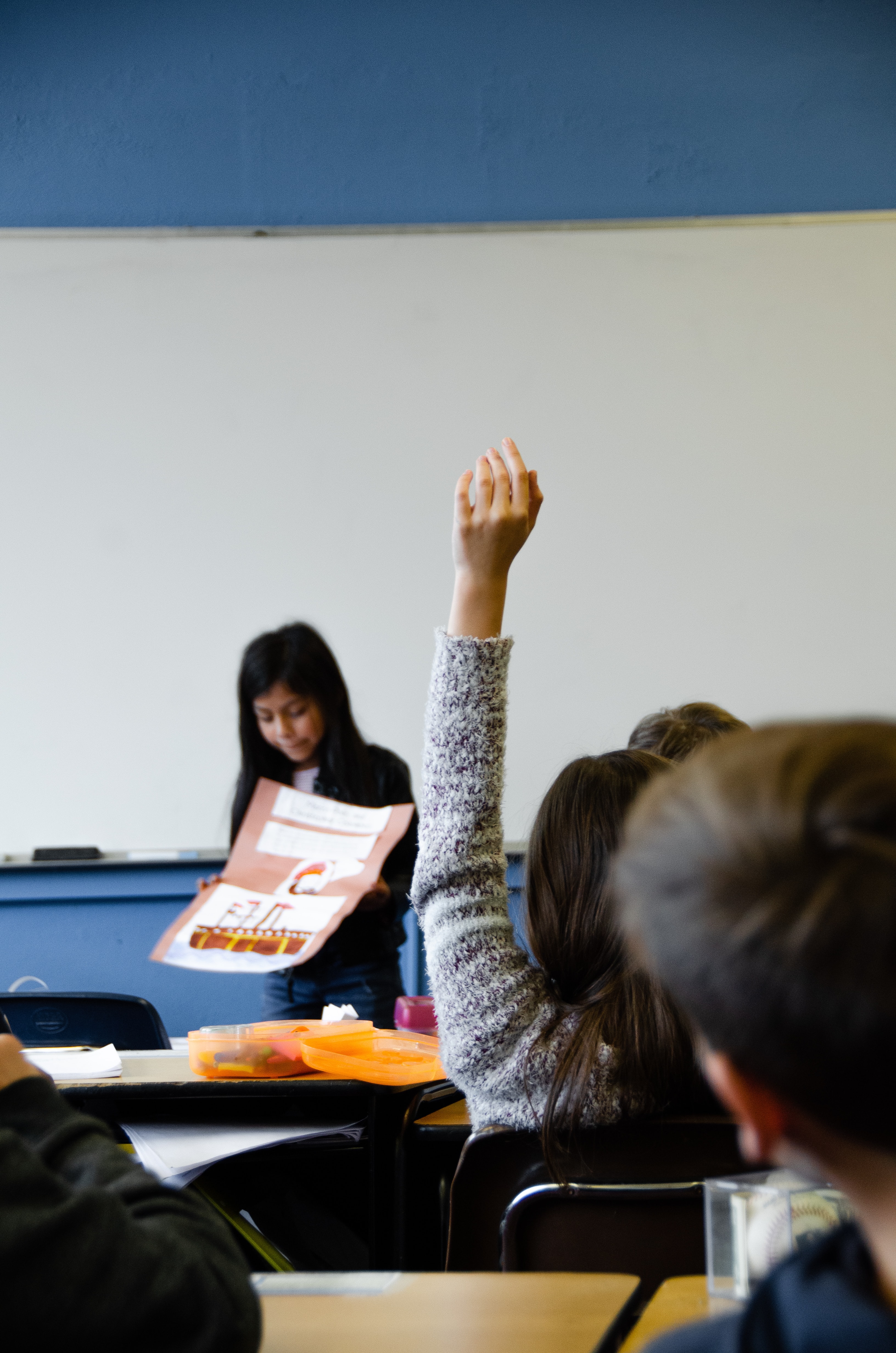 Photo by Taylor Wilcox on Unsplash Giving students something productive to do while the teacher deals with administrative tasks helps prepare them for learning and contributes to maximizing instruction time. Effective classroom managers prepare learning exercises (also called daily starters or daily warmers) to keep students busy and behaved. Here are some examples of daily starters:
These daily warmers make full use of every minute in the classroom for learning while minimizing the window for unrelated distractions. Moreover, working on mentally stimulating activities helps students be prepared for the learning ahead. Ending the Period RightEvery teacher has their way of ending a class, but one thing teachers should always do is to reinforce learning and discipline before letting students go. Effective teachers typically end their class the way they started it-that is, by giving students more learning opportunities. They do this by handing out homework assignments, asking questions, or reflecting on the day's lessons. It's also good practice to spend the last few minutes of the period going through end-of-the-class procedures. This includes cleaning individual areas, returning materials and equipment, and getting the room in order for the next occupants. Starting and ending the class right set the tone for the entire period and help students focus on learning and being productive throughout the lesson. Reinforcing Classroom BehaviorReinforcement is a behavioral management tool used by many teachers in the classroom. It's also used in many fields of profession. Employers use bonuses and perks as reinforcement to boost productivity and performance. Businesses use giveaways, rewards, and vouchers to encourage customers to buy more. In the classrooms, teachers use reinforcement to maximize learning, encourage good behavior, and even modify disruptive behavior. There are two types of reinforcement that teachers use to increase or decrease certain behaviors:
Used properly, positive and negative reinforcements can help them achieve educational outcomes and promote student learning. Using Rewards to Encourage Good BehaviorIn his law of effect, Thorndike proposes that behaviors that are followed by positive consequences are more likely to be repeated. If a teacher gives a student extra points for a comprehensive essay, the student is more likely to put more effort into the next one to get the same reward. Positive reinforcement, like giving rewards, is very effective at strengthening or encouraging desired behavior. However, heavy reliance on rewards can hamper student motivation and learning. Students may not want to behave or perform without rewards. Rewards are not inherently good or bad. As with any tool, how one uses rewards determines whether they are helpful or obstructive in achieving one's goals. Types of RewardsRewards can be tangible symbols, social affirmation, or activities. Teachers utilize a variety of rewards to reinforce desirable behavior. Here are some of teachers' most commonly used rewards:
Certificates, medals, and trophies are awarded to outstanding students during end-of-year awards or recognition ceremonies. Some teachers also come up with their own class awards, prepare customized trophies, plaques, and gold stars to motivate students and add fun to their class.
External rewards can work to encourage good behavior and better performance, but they have their limits. They're effective as long as students want to be praised or rewarded, but in the absence of any intrinsic motivation, rewards will fail to arouse interest. For that reason, teachers should strive to help students find and cultivate intrinsic motivation to do well in school and be good. Using Negative Consequences for Inappropriate BehaviorActions have their consequences. Good behavior should be recognized or rewarded, and inappropriate behavior should have negative consequences. However, negative consequences should not be focused on punishing the behavioral problems but on modifying it. 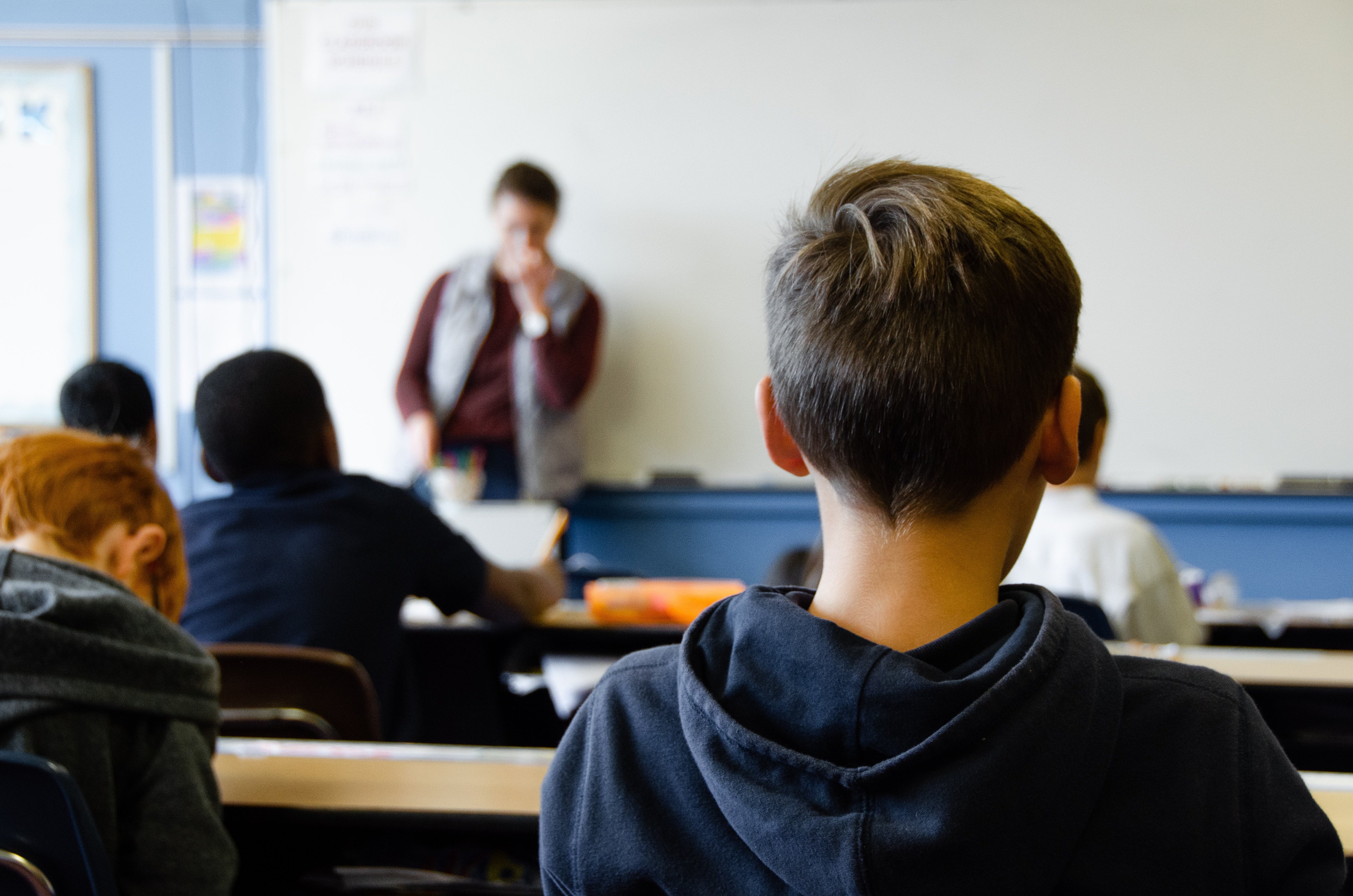 Photo by Taylor Wilcox on Unsplash Several studies have shown that punishment is often ineffective in changing bad behavior. For example, many people who go to jail commit the same crime they were imprisoned for once they get out. Psychologist B. F. Skinner expounds in his book About Behaviorism that ?punished behavior is likely to reappear after the punitive consequences are withdrawn.? As such, teachers should focus more on making students understand why their behavior is wrong and work with them to correct it. The goal of negative consequences should be rehabilitation, not punishment. Types of Negative Consequences Used in the ClassroomMany of the negative consequences teachers mete out for inappropriate behavior fall under the following two categories: Isolation Time-out. When a student gets rowdy and refuses to listen to verbal warnings, sometimes, the best solution is to remove them from the situation. Time-out helps remove the stimulus that's agitating the student and causing them to misbehave. Once the student calms down, the teacher can then talk with them in private about their earlier behavior. Overcorrection. This involves using a negative consequence that overcompensates for the misbehavior. For example, a student who vandalizes their seat is asked to clean all the chairs in the classroom. Overcorrection replaces misconduct with positive behavior. Negative consequences, or direct-cost strategies, must be ?age-appropriate, properly applied, clearly communicated, and consistent with required behaviors,? say Robert Marzano and his coauthors in A Handbook for Classroom Management That Works. Marzano and his colleagues also emphasize that direct-cost strategies should only be applied when verbal and nonverbal corrections are no longer effective. Developing Relationships with StudentsThe teacher's relationship with their students is the foundation of classroom management. A strong teacher-student relationship helps build trust and respect between both parties. These two qualities are immensely important in creating a harmonious classroom environment and achieving positive educational outcomes. Building a strong relationship with students, however, doesn't mean that teachers need to get deeply personal with every student. Doing so will only exhaust the teacher and make them ineffective. Students don't need their teachers to be their best friends, but they want to be recognized and valued by their mentors. As a start, teachers should remember their students' names and faces. From there, teachers can gradually get to know their students-their personalities, hobbies, interests, and individual successes. Demonstrating personal interest in each student can do wonders to strengthening the relationship with students, and its positive effects will ripple through every aspect in the classroom. Classroom-Management Apps for TeachersReferencesChandra, Ritu. 2015. "Classroom Management for Effective Teaching." International Journal of Education and Psychological Research (IJEPR) 4, no. 4: pp. 13-15. Erwin, Jonathan C. 2004. The Classroom of Choice: Giving Students What They Need and Getting What You Want. Association for Supervision and Curriculum Development (ASCD). Marzano, Robert J., Barbara B. Gaddy, and Maria C. Foseid, et al. 2005. A Handbook for Classroom Management That Works. Virginia: Association for Supervision and Curriculum Development. Organisation for Economic Co-operation and Development. 2019. "Average Class Size." Education and Training. Last updated October 9, 2019. Oliver, Regina M., and Daniel J. Reschly, PhD. 2007. Effective Classroom Management: Teacher Preparation and Professional Development. Washington, DC: National Comprehensive Center for Teacher Quality. Sanders, W. L., Wright, S. P. and Horn, S. P. 1997. "Teacher and Classroom Context Effects on Student Achievement: Implications for Teacher Evaluation." Journal of Personnel Evaluation in Education 11, pp. 57-67. Smith, Collin J. and Robert Laslett. 2002. Effective Classroom Management: A Teacher's Guide Second Edition. New York: Taylor & Francis Group. |
FREE ENGRAVING ON
TROPHIES & PLAQUES
FAST, RELIABLE & SECURE
SHOP WITH CONFIDENCE
FREE ECONOMY SHIPPING OVER $99
ON 1000's OF SELECT TROPHIES & AWARDS
QUALITY CUSTOM AWARDS AT
DISCOUNTED PRICES
4.9 RATING
Over 2,300 ★★★★★ Reviews






